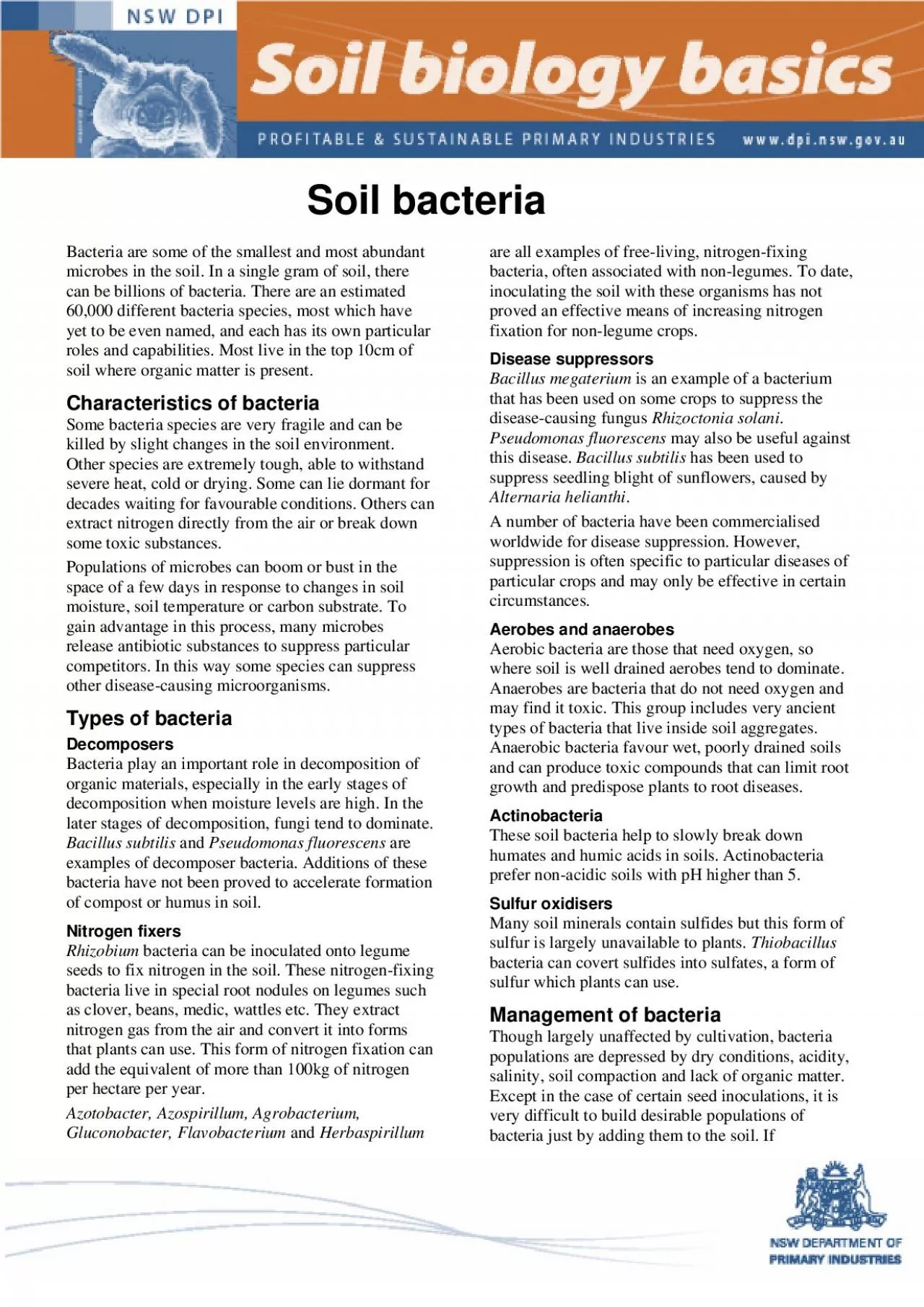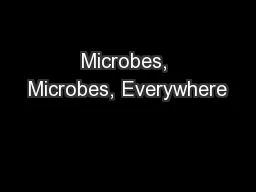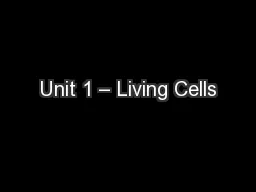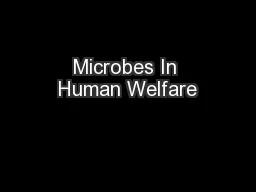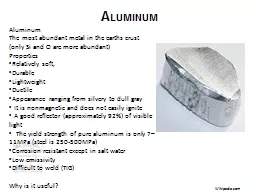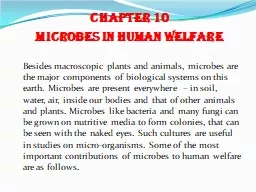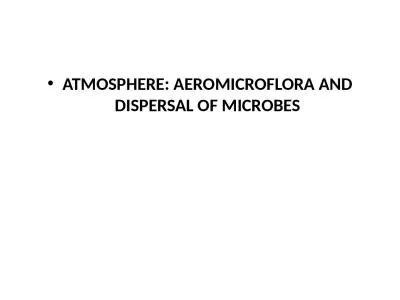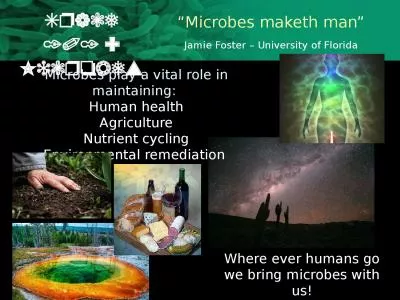PDF-Bacteria are some of the smallest and most abundant microbes in the so
Author : angelina | Published Date : 2022-08-16
populations of soil bacteria are low it is probably because conditions are unfavourable so any new additions are likely to suffer the same fate A more effective
Presentation Embed Code
Download Presentation
Download Presentation The PPT/PDF document "Bacteria are some of the smallest and mo..." is the property of its rightful owner. Permission is granted to download and print the materials on this website for personal, non-commercial use only, and to display it on your personal computer provided you do not modify the materials and that you retain all copyright notices contained in the materials. By downloading content from our website, you accept the terms of this agreement.
Bacteria are some of the smallest and most abundant microbes in the so: Transcript
Download Rules Of Document
"Bacteria are some of the smallest and most abundant microbes in the so"The content belongs to its owner. You may download and print it for personal use, without modification, and keep all copyright notices. By downloading, you agree to these terms.
Related Documents

